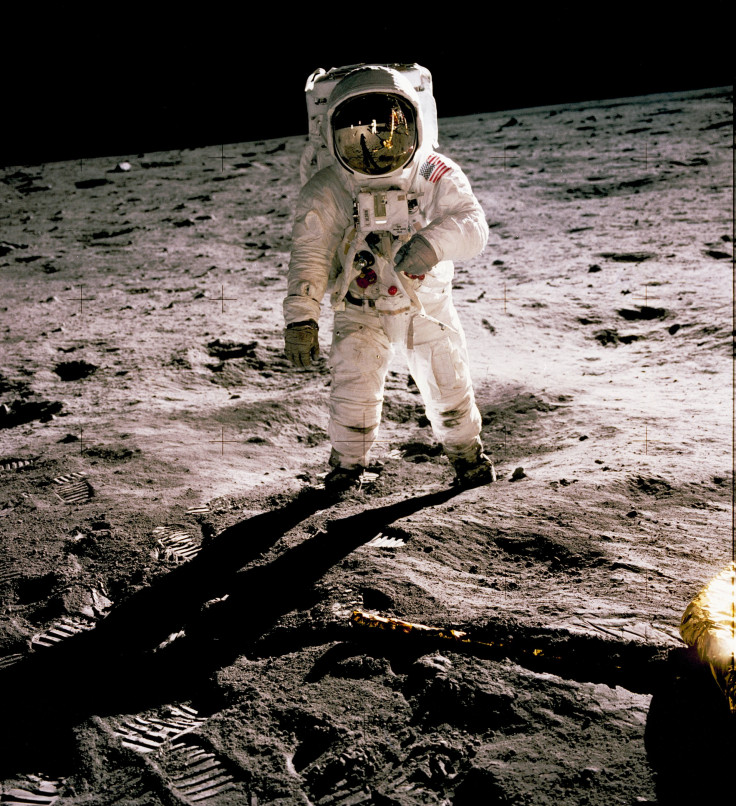Listen To NASA’s Recordings From The Apollo 11 Moon Landing Mission

If you are too young to have watched along with the rest of the world as Americans went into space and landed on the moon for the first time, or if you just miss the glory days, a new project can send you back in time.
A group of researchers pored through audio recordings from NASA’s Apollo and Gemini missions, analyzing and cleaning up the tracks, and making digital copies of the files on analog tapes so they would be more accessible. As they finish up the project, the University of Texas at Dallas announced, the results are being posted on a new website called Explore Apollo.
The site includes transcripts of the recordings, complete with timestamps, to make it easier to follow along and find what you are looking for.
Of course the audio recordings include what are arguably NASA’s two greatest hits: The first communication between the Apollo 11 astronauts and NASA when Neil Armstrong and Buzz Aldrin landed on the moon in 1969, and Armstrong’s famous words when he stepped onto the surface, “That’s one small step for [a] man, one giant leap for mankind.”
The exchange upon touching down in the lunar lander included the astronauts reporting, “Tranquility Base here, the Eagle has landed,” and the folks in Houston responding, “Roger, Tranquility, we copy on the ground. You got a bunch of guys about to turn blue — we’re breathing again. Thanks a lot.”
While some files play, there are also photos to scroll through, like pictures of Armstrong and Aldrin that appear on the page for a lunar module landing recording.
There’s more to come for the Explore Apollo project, as not every page has audio on it yet. But the setup allows you to see what is coming. For example, there is a category for “moon surface walk” that has yet to be filled.
According to the University of Texas, digging through the audio over the last five years was challenging in part because of what was recorded: On many files, there are multiple people speaking at once, some of whom are not even in the same room as one another. To help the process, the researchers developed algorithms to analyze the audio, a system they described in a paper for the journal IEEE/ACM Transactions on Audio, Speech, and Language Processing.
Another obstacle was learning “how things worked at NASA during the missions so they could understand how to reconstruct the massive amount of audio,” the university said.
The recordings highlight how much of a group effort the Space Race missions were for NASA.
”When one thinks of Apollo, we gravitate to the enormous contributions of the astronauts who clearly deserve our praise and admiration,” researcher John H.L. Hansen said in the UT Dallas statement. “However, the heroes behind the heroes represent the countless engineers, scientists and specialists who brought their STEM-based experience together collectively to ensure the success of the Apollo program.”

© Copyright IBTimes 2024. All rights reserved.




















